Are Advertising Expenses Fixed or Variable?
Want to save time?
Summarize this article in seconds with AI
You know this: advertising isn’t a one-size-fits-all budget item.
Some formats come with set prices (relatively...), others depend entirely on performance, and many campaigns sit somewhere in between.
That’s why business owners and marketers often ask:
"How much control do I really have over my advertising costs?"
The short answer?
It depends on the formats you choose and how you structure your campaign.
Let’s break it down so you can make smarter, more predictable decisions for your business.
What are “Fixed” and “Variable” Costs?
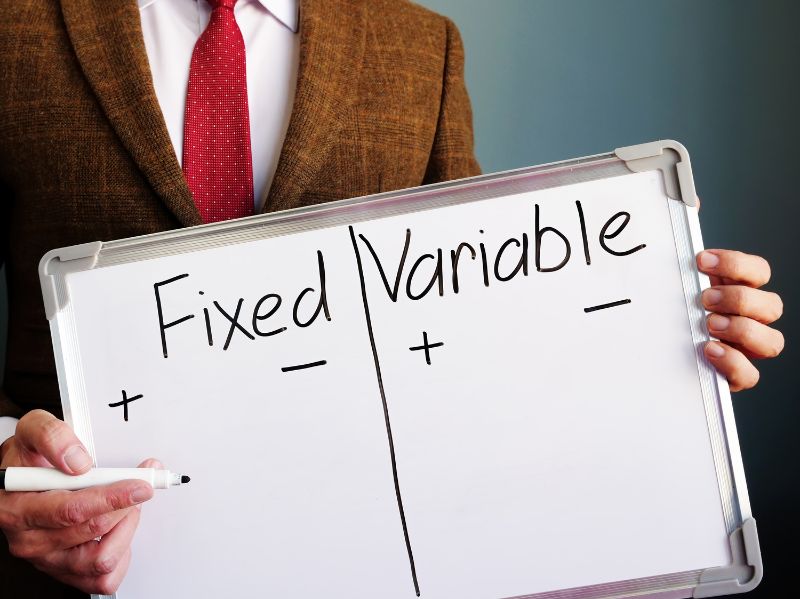
Before diving into the question "Are advertising expenses fixed or variable costs?". Let's define what they are first:
Fixed costs stay the same no matter how much activity or output there is. Think: office rent, monthly software subscriptions, or a fixed media rental.
Variable costs change depending on usage or performance. The more you do or get, the more you pay. Think: printing 10,000 flyers instead of 1,000, or spending more on Facebook ads because your campaign went viral.
Hint, hint: In advertising, both types exist. Sometimes even within the same ad campaign.
Fixed Cost Examples in Advertising
Some formats are predictable and booked on a set schedule. Once you sign the contract, your costs are locked in.

Fixed formats include:
Bus shelter advertising in high-traffic areas like Central or Mong Kok (e.g. HKD 6,000 for a 7-day slot)
MTR advertising lightbox — typically rented by 2-week or monthly blocks with fixed fees
Print magazine or newspaper ads — where rates are pre-agreed per issue
Outdoor advertising billboard rentals — especially those booked long-term (e.g. 1 month or more)
Example:
You rent an MTR concourse advertising panel in Admiralty for 2 weeks at HKD 22,000. That price won’t change, regardless of how many people see it or interact with your brand.
This gives you predictability, which is great when you’re working with a set budget.
Variable Cost Examples in Advertising
On the flip side, performance-based channels like digital ads work differently. You often pay based on results: clicks, views, impressions, or actions.

Variable formats include:
Facebook and Instagram ads, for example, are charged per click, impression, or conversion
Google Ads (Search or Display) — operates on bidding systems
YouTube pre-roll ads — where you pay only if someone watches 30 seconds or more
Programmatic advertising — based on real-time bidding for ad placements
Influencer marketing campaigns with commission models (e.g. HKD 500 per sale driven)
Example:
You set a HKD 5,000 budget for a Facebook ad campaign promoting your summer sale. Depending on your audience size, bidding cost, and engagement rate, you could get 50,000 views or only 10,000. There’s no guaranteed reach, but you can track every cent.
This model offers flexibility and control, especially if you want to scale up or pause campaigns quickly.
How to Approach Advertising Costs Like a Pro
Start by: What kind of outcome are you aiming for?
| Objective | Best Approach | Example in HK Context |
|---|---|---|
| Build brand awareness | Fixed-heavy | MTR concourse panels in Central or Tsim Sha Tsui |
| Drive web traffic or sales | Variable-first | Facebook Ads, Google Search, Programmatic DOOH |
| Dominate a local area visibly | Fixed formats | Bus shelters and LED billboards in one district |
| Test offers or creatives quickly | Variable | Instagram Stories, YouTube bumper ads |
| Launch and sustain brand recall | Mix of both | MTR for presence + retargeting on mobile/social |
What Smart Advertisers Actually Do
In practice, successful advertisers don’t choose one format type; they adapt based on campaign timing, budget fluidity, and audience behaviour.
Let’s say you're launching a new product for the holiday season:
You might lock in fixed placements now like a prominent lightbox ads in Mong Kok to secure visibility when foot traffic is highest.
At the same time, you leave room in your budget to ramp up variable campaigns, like Meta or Google Ads, as you see which messages resonate best.
It’s not about fixed vs. variable costs. It’s about how much control, risk, and scalability you want at any given time.
Final Word on Fixed and Variable Costs
Advertising costs can be fixed, variable or a strategic mix of both.
The key is to know what you’re trying to achieve and how much control or flexibility you need.
We help SMEs in Hong Kong mix and match the right ad formats — from fixed-location panels to variable-performance campaigns.
 Cookie preferences
Cookie preferences

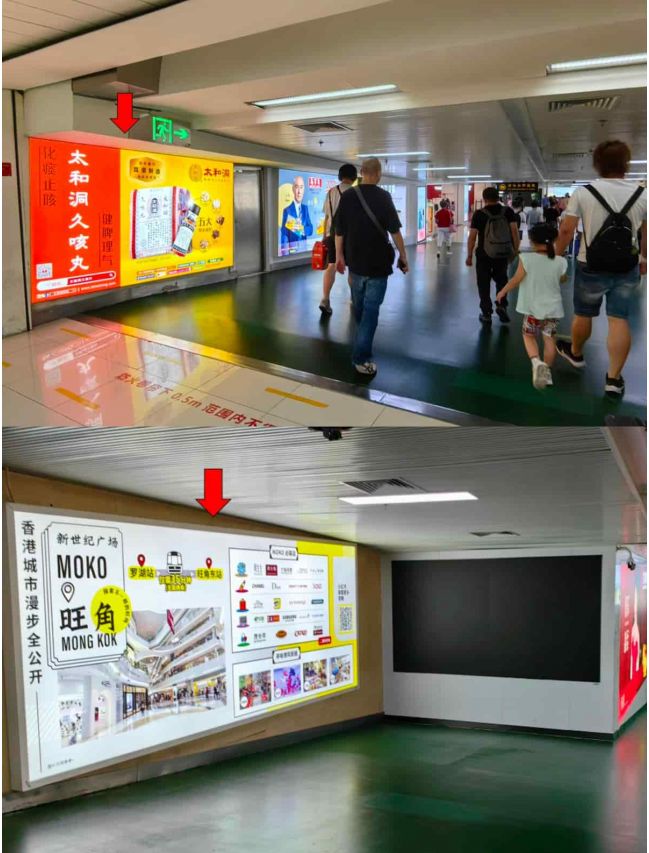
.jpg)

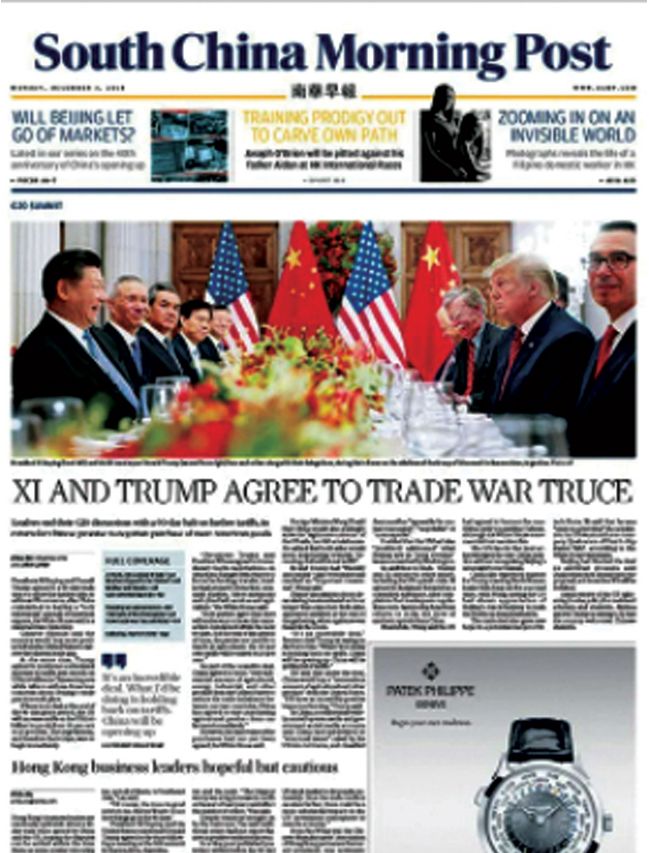
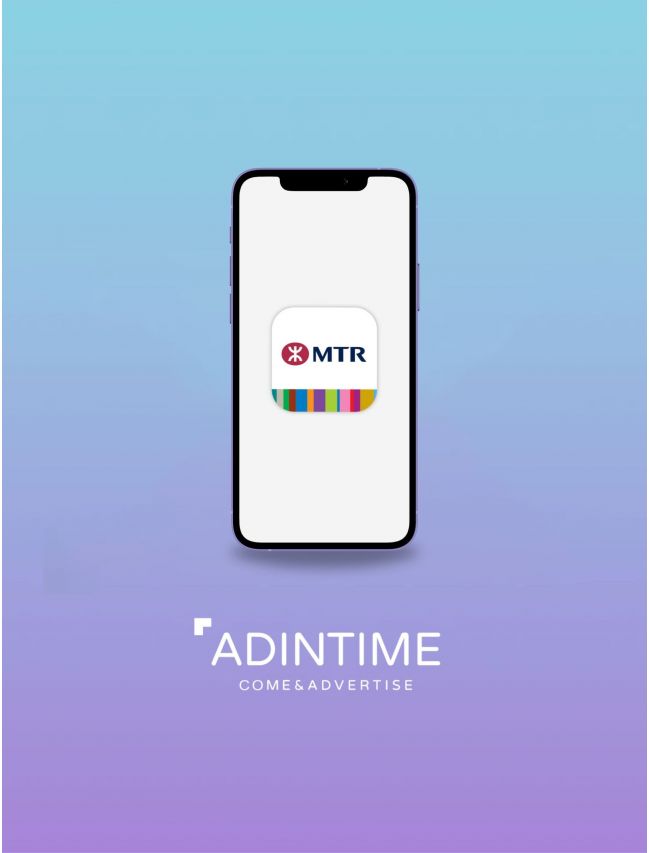
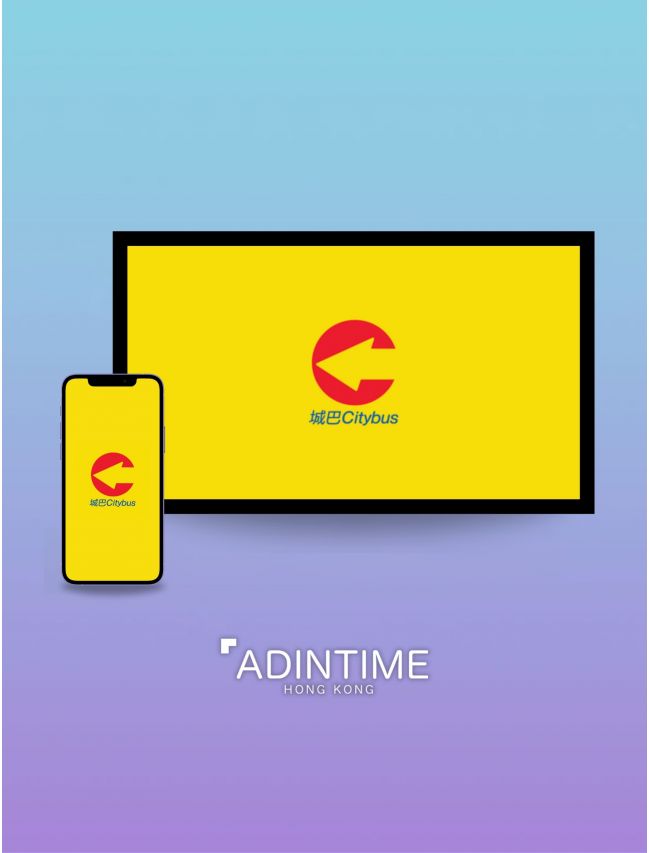
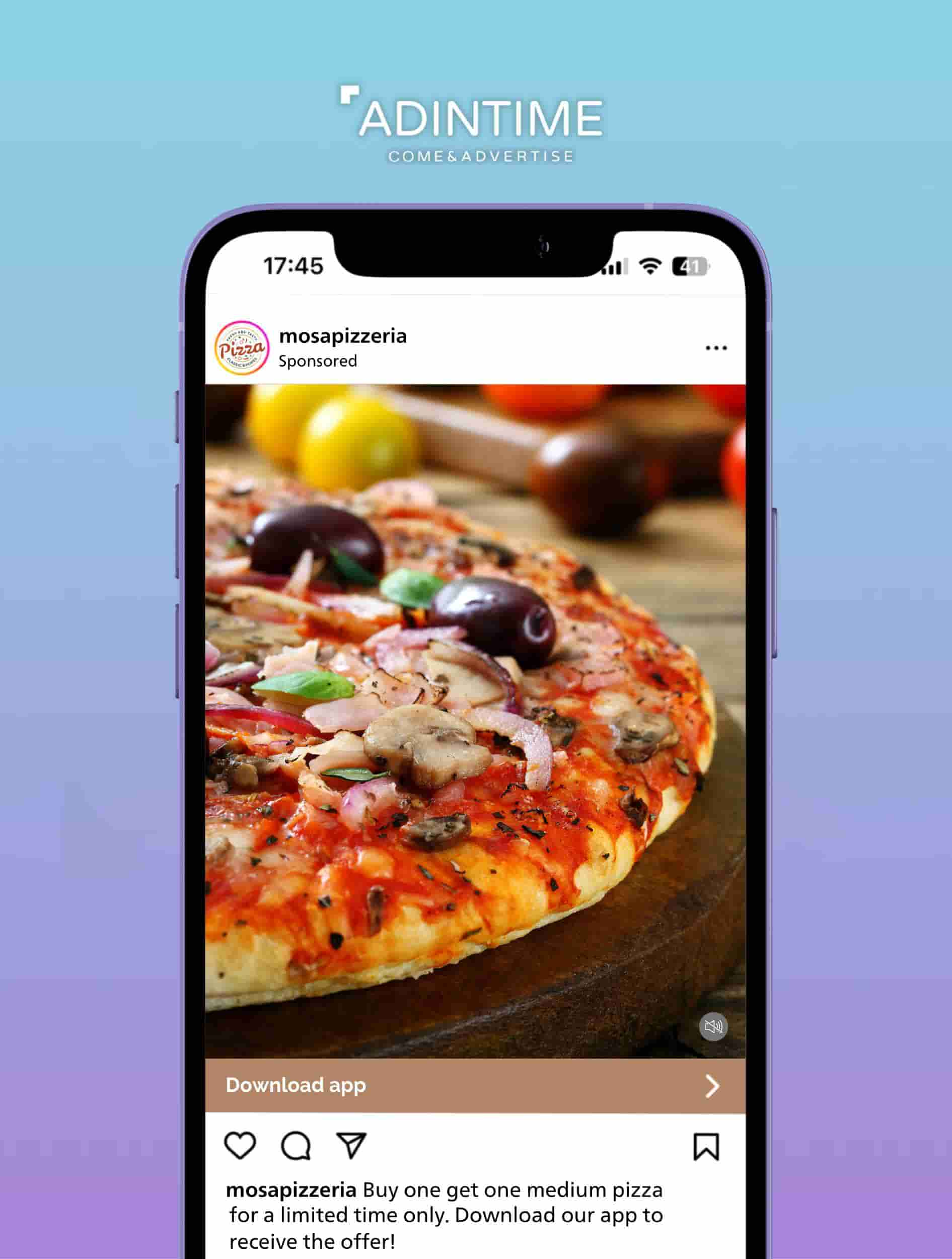
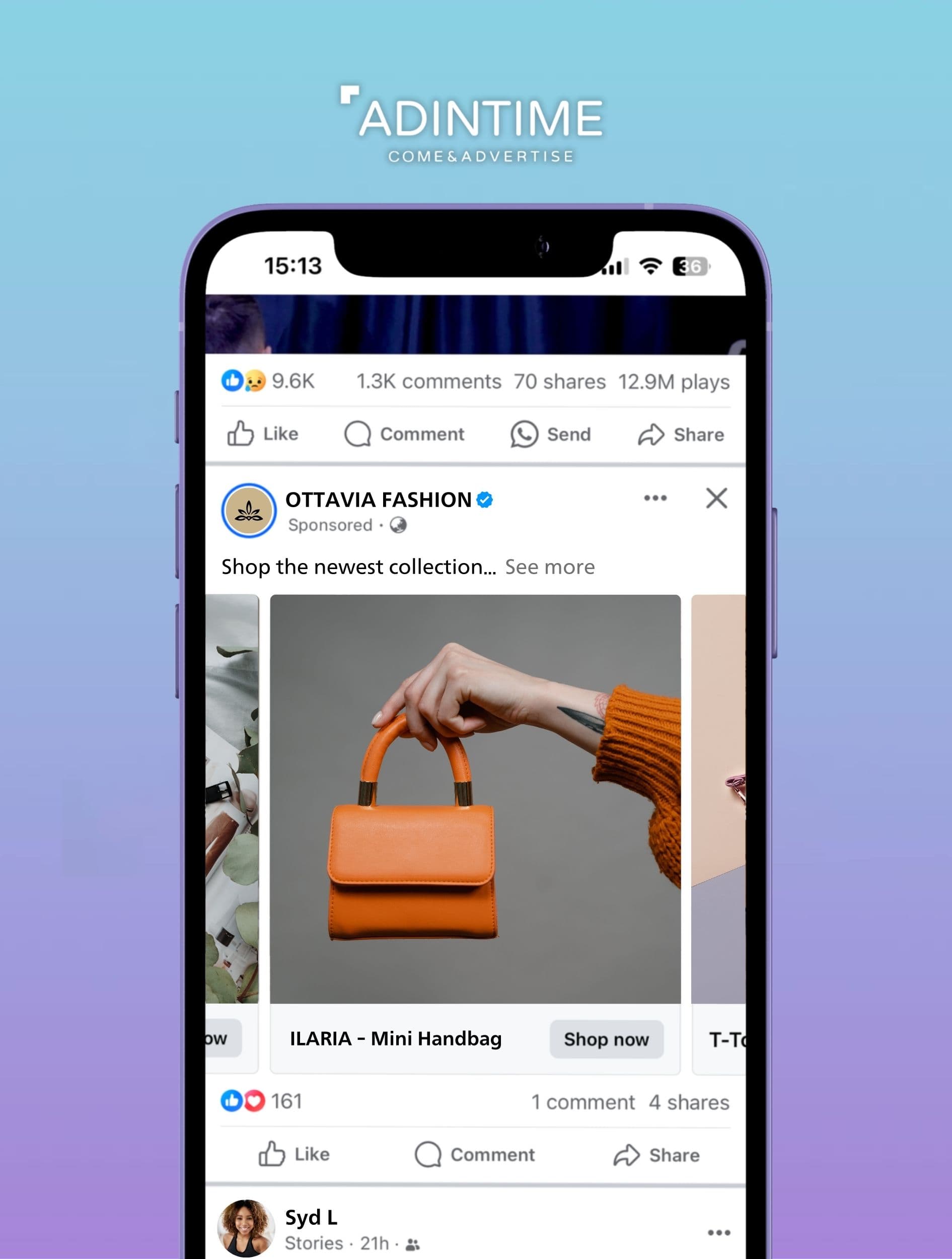







 Xiaohongshu Advertising Guide: How Can Hong Kong Brands Maximize Their Results?
Xiaohongshu Advertising Guide: How Can Hong Kong Brands Maximize Their Results?
 2x your advertising effectiveness: Master big data to optimize ad ROI
2x your advertising effectiveness: Master big data to optimize ad ROI
 Top 5 Best Ads in 2025 in Hong Kong
Top 5 Best Ads in 2025 in Hong Kong
 Hong Kong Outdoor Advertising Cost in 2026 | Adintime Report
Hong Kong Outdoor Advertising Cost in 2026 | Adintime Report
 Marketing Calendar 2026: Key Dates For Marketing Success
Marketing Calendar 2026: Key Dates For Marketing Success
 The Most Widely-Read Magazine and Newspaper in Hong Kong
The Most Widely-Read Magazine and Newspaper in Hong Kong
 Understanding YouTube Advertising Costs in 2025
Understanding YouTube Advertising Costs in 2025
 OOH /DOOH advertising in Hong Kong: Formats and Rates (2025 Update)
OOH /DOOH advertising in Hong Kong: Formats and Rates (2025 Update)
 How much does LinkedIn Advertising Cost? (2025 Update)
How much does LinkedIn Advertising Cost? (2025 Update)
 Press Ad Basics: Types, Formats and Ad Price
Press Ad Basics: Types, Formats and Ad Price